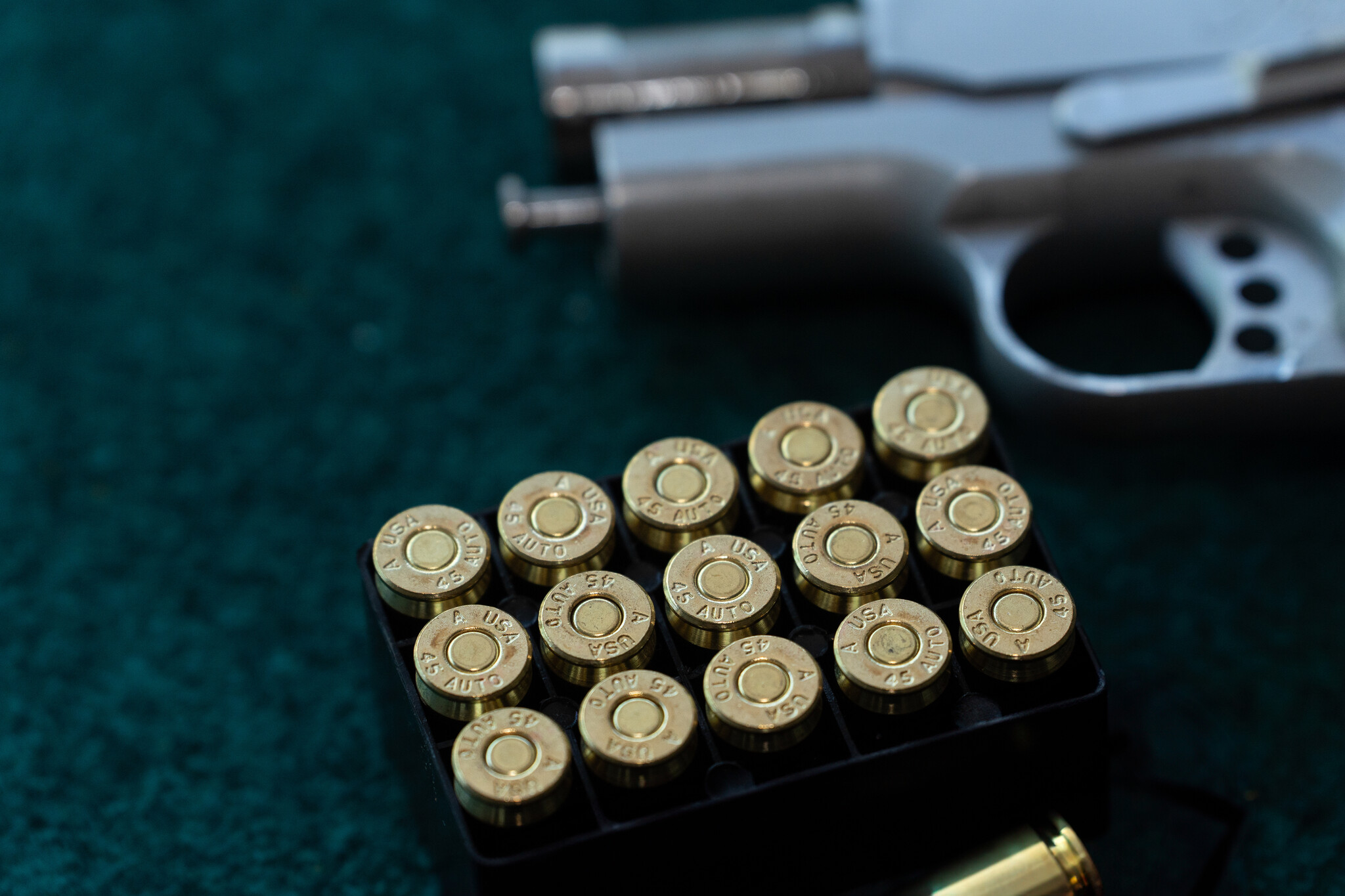Centerfire vs. Rimfire: What's the Difference and Which One's for You?
- Posted on

Jump into any gun forum, range day chat, or a conversation at your local gun shop, and you'll likely stumble into the classic debate: centerfire vs. rimfire. Both have their die-hard fans and specific uses, but what really sets them apart? Let's dive in without getting tangled in too much technical jargon.
The Basics: Centerfire vs. Rimfire
At the heart of the centerfire and rimfire difference is how the bullet gets fired.
- Rimfire ammo ignites with a firing pin strike to the rim of the cartridge base, sparking the primer.
- Centerfire, on the other hand, has the primer in the center of the cartridge base, which gets hit by the firing pin.
Simple, right? But this basic difference leads to a bunch of other variations in how these two types of ammo work, what they're used for, and why you might prefer one over the other.
Centerfire vs. Rimfire Pistols: Choosing Your Sidearm
When picking a pistol, the centerfire vs. rimfire debate heats up. Rimfire pistols, often chambered in .22LR, are beloved for practice and plinking because they're light on recoil and heavy on fun. They're also cheaper to shoot, meaning you can spend all day at the range without breaking the bank.
Centerfire pistols, though, are where you turn for self-defense and higher-caliber sports shooting. They pack more punch, offer a wider range of calibers, and are generally considered more reliable for critical situations.
Rimfire vs. Centerfire: Pros and Cons
Let's break down the advantages and disadvantages of each to give you a clearer picture.
Pros of Rimfire:
Cost-Effective: Rimfire ammo, like the .22LR, is cheaper. This makes it great for casual shooting, teaching beginners, or just having fun without spending a ton.
Less Recoil: If you're not a fan of getting knocked around by your gun, rimfire's minimal recoil is a sweet relief. It makes for easier, longer shooting sessions without the sore shoulder.
Cons of Rimfire:
Limited Calibers and Uses: Rimfire is mostly found in smaller calibers, which limits its use. You're not going hunting for anything larger than a rabbit with a rimfire (unless you're really into challenges).
Reliability Issues: Rimfire ammo has a higher chance of duds. Not a big deal when plinking cans, but definitely an issue for self-defense scenarios.
Pros of Centerfire:
Power and Range: Centerfire cartridges cover a broad spectrum of calibers and loads, giving you options for everything from self-defense to big game hunting.
Reliability: With a centerfire, misfires are rare, making them a go-to choice for situations where every shot counts.
Cons of Centerfire:
Cost: Shooting centerfire, especially in larger calibers, can get pricey. This might limit your range days or how much you can practice.
Recoil: More power means more kick. Depending on the gun and caliber, centerfire can be more challenging for new shooters or those sensitive to recoil.
Making the Choice: What's Right for You?
Deciding between centerfire and rimfire boils down to what you need your firearm to do.
If you're all about target shooting, casual plinking, or introducing a newbie to shooting, rimfire might be your best bet.
For self-defense, competitive sports, or hunting larger game, centerfire is where it's at.
Whatever your choice, both centerfire and rimfire have their place in a shooter's arsenal. Each offers a unique set of benefits that, when used correctly, can make all the difference in achieving your shooting goals. Got a preference or a story about choosing between rimfire and centerfire? Share it below. We love hearing from fellow enthusiasts about what works best for them and why.

